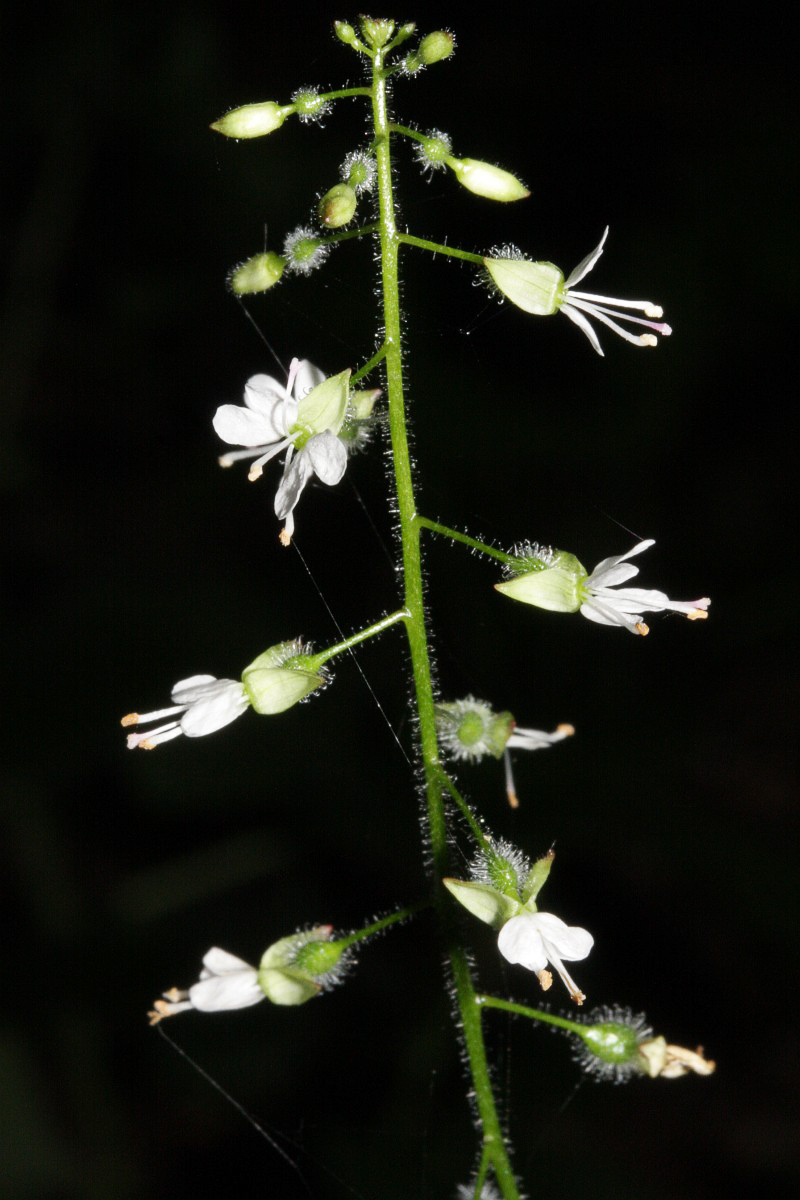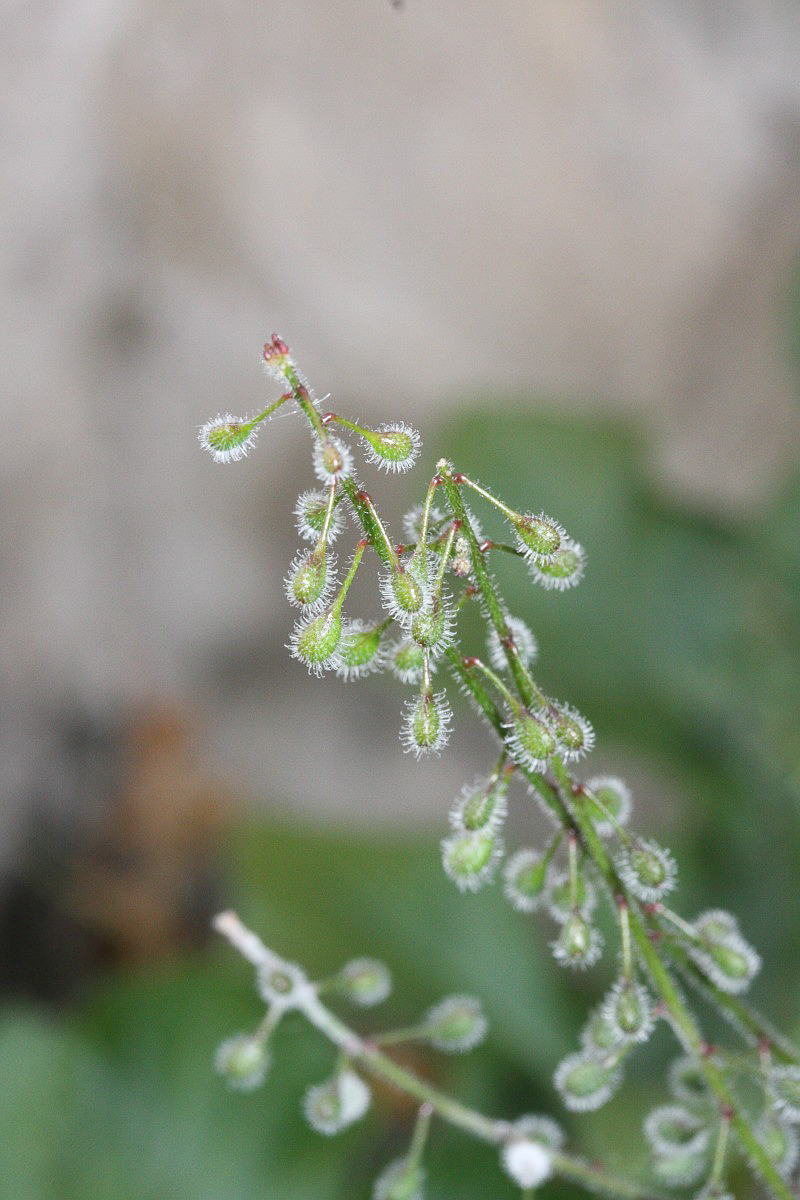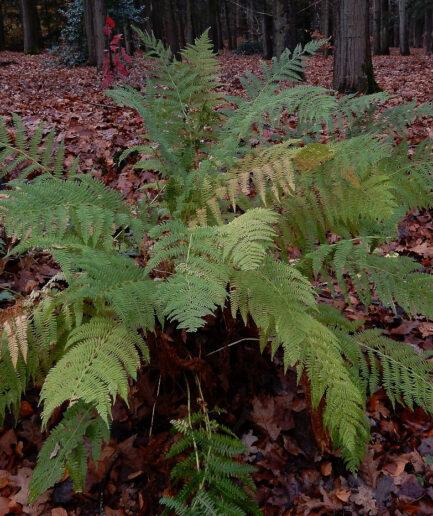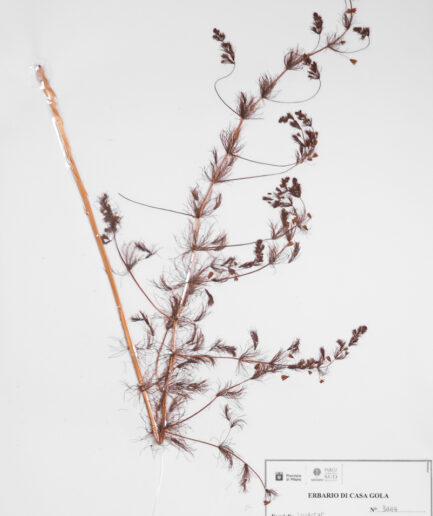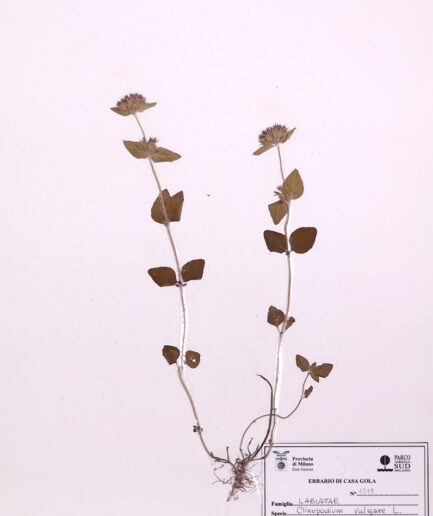Enchanter’s Nightshade
Scientific name: Circaea lutetiana L.
Family: Onagraceae
MORPHOLOGY
Habit and dimensions: A perennial herb, typically 30-40 cm tall, rhizomatous with underground stolons.
Stems: Simple or slightly branched stems, erect-ascending, cylindrical, velvety, with short curved hairs.
Leaves: Opposite leaves, ovate with an acuminate apex, opaque, the larger ones measuring over 4.5 x 6 cm, with a truncate or slightly heart-shaped base, slightly sinuate-toothed or nearly entire margins; pubescent, grooved petioles above.
Flowers: Inflorescence in long (20 cm) terminal racemes, without leaves, covered with scattered glandular hairs, bearing numerous small hermaphrodite actinomorphic flowers on 5 mm pedicels, pubescent-glandular, without bracteoles at the base, spreading during anthesis, reflexed in fruiting. Calyx with two sepals (2.5-4 mm), usually reddish, reflexed, pubescent-glandular, longer than the tube of the hypanthium and soon caducous. Corolla white or pink with 2 deeply bifid petals (2-3.5 mm). Blooms from May to July.
Fruits and seeds: The fruit is a non-dehiscent pear-shaped capsule, 3-4 mm long, hairy with stiff, hooked hairs and containing 2 seeds.
DISTRIBUTION AND HABITAT
Present throughout Italy. It grows in shady and humid places, mesophilic and hygrophilic forests, from sea level up to 1500 m.
INTERESTING FACT
The genus Circaea differs from other Onagraceae in that its fruit is not wind-dispersed. The hooks attach to the hair of animals.
Photo: under the free license of Saxifraga and Ed Stikvoort, Rutger Barendse




